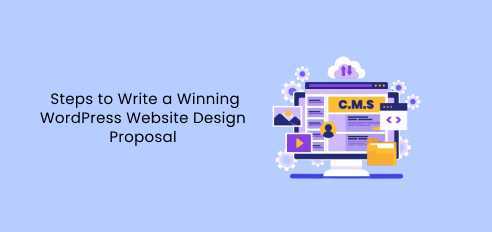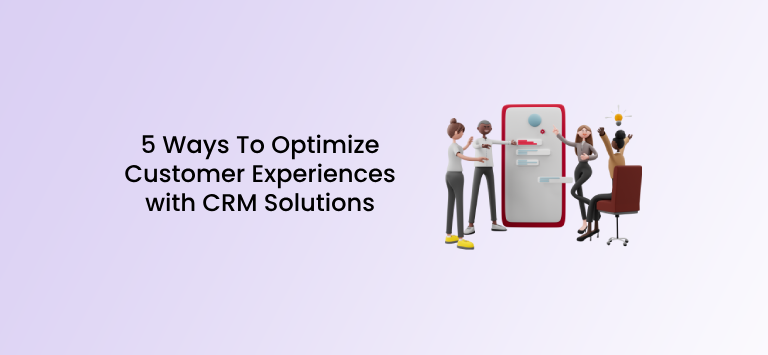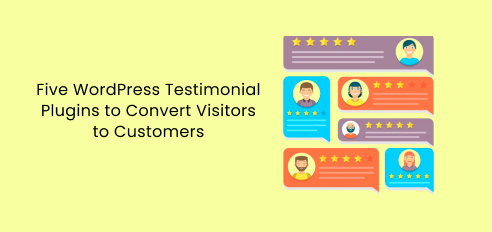The trend of online shopping has catapulted to new heights, especially during the time of the Covid-19 pandemic. Online businesses have received an overwhelming response, gaining from unending profit so that they can sustain their stay for the long term.
Several industry giants have already managed to reach the peak of success, but there is nothing to be swamped about it. Check out more on this article if you want to know how to create an online store with WordPress.
You can also start your own online eCommerce store using WordPress. Statistics suggest that the eCommerce industry will make a whopping 6.7% of retail sales by the year 2025.
While it is not an easy thing to do, execute, and manage, it is one of the most flexible solutions for all. So, here is a detailed elaboration on how to build an eCommerce website step by step.
What is WordPress?
WordPress as an open-source CMS and a content management system, or a website creation tool is based on the programming languages, PHP, and MySQL.

With the help of this software, you can build and edit your website, without the need for any coding skills at all. When it comes to content managing, millions of publishers, writers, and bloggers use this platform, globally, to set up a strong online presence.
The latest statistics for the year 2020 mention that WordPress powers approximately 35% of the websites on the internet out of which the CMS websites score almost 60%. Monthly, over 400 million people visit WordPress.
1. Choose Domain Hosting Provider and Name
The first step when it comes to setting up an eCommerce website on WordPress is to select a fine name for the domain. You have to enter this name on the address bar of the browser to get website access. This will, later, serve as the final address of the website.
You should pay careful attention to the name of the domain. It should be professional while also conveying a message for the business you are about to start.
Besides this, you will need a hosting provider, to host the website on the internet. This is why a dedicated provider is needed so that you are assured that the website will load faster and function smoothly, without any downtime.
You will get two options – a shared host that is cheap and a dedicated host that is expensive and meant for your website, exclusively. You can choose according to your requirement of control, storage, speed, and bandwidth.
2. Installing WordPress
With all the required login information, you have to sign in to your WordPress account. The dashboard will appear. However, the installation can be done in two ways –
•One Click Installation – This is the easiest and most recommended option. You have to go to the hosting dashboard and hit the ‘Install WordPress’ button. The host should support MySQL v5.6+, PHP 7, HTTPS, or even MariaDB v10.0+.
• Manual Installation – Here you have to manually set up the server, then install the WordPress platform and configure it. Next, you will require an FTP client, a setup for the database, through phpMyAdmin or cPanel. You will then get access to the webserver. However, this option is suitable only if you are an advanced user.
3. WordPress Security
For complete and enhanced security of the payment gateways, you should always acquire SSL certificates that will secure ongoing payment data between the server and the user.
With almost 70% of all the global websites supported by WordPress, it provides undisputed security to its users and the customers as well.
WordPress acquires the largest share in the market, and while this kind of success makes it an easy target for hacks. Hence, the protection undertaken should be extremely strong.
WordPress follows a CIA methodology that includes these –
- Confidentiality – Only a few users should have login rights. Minimum access means greater security.
- Integrity – The website should contain all accurate information. The front end and back end should be protected from third-party interference. Filtering of the code or data is also needed.
- Availability– WordPress themes and plugins should be updated. Automated backups should be executed daily.
4. Selecting eCommerce plugin
There are several types of eCommerce plugins available, ones that will allow you to sell the products directly from the website. You can choose from any of the effective ones –
- WooCommerce – Almost 30% of all the online websites use WooCommerce. The backend helps you to organize product pages seamlessly and also customize your shopping cart and checkout page.
- Chaty – Chat with your visitors via their favorite messaging channels. This will help you improve your customer service and create seamless communication with them.
- WP eCommerce – This popular and steady website plugin has extraordinary inventory management options and data reporting capability. It is free with enhanced functionality.
- Easy Digital Downloads – This platform is specifically designed for the digital selling of products and services. With EDD, you can create offers and discounts, tracking, and sell them. Through this, you can also sell a software license.
5. Install the Plugin
You have to install the right plugin through the backend of WordPress. Make your choice of the plugin efficiently and keeping in mind the ideal requirement of your business website.
6. Set up Product Pages
Start adding pages and displaying the products on them. Keep in mind to mention detailed product descriptions. The product name, Price, Image, Brief Description are needed.
You will have to enter details on the WordPress admin panel. Select ‘Products’ on the sidebar, and then select ‘Add Product.’
Now Add the Physical Products. Insert the right name of the product, in place of the post title. Add the description space for the content. On the right sidebar now, you have to add the image of the concerned product. Consequently, you can add more images if the options permit.
Next comes the section for Product data, where more detail is added about the product.
7. Adding Virtual products
These are products that are not physically sold. There are downloadable products that a user can download. To do this, you will have to follow the same process.
But you have to click on the ‘Downloadable’ or ‘Virtual Box’ for this. This is next to the Product Type option. Now, click on ‘Update”, and the list will be added.
Here are some useful tips to make things a bit easier.
•Write the name on the Title Bar
•Product Descriptions should be catchy
•Maintain quality of the images
• Categorize and tag the products accordingly
8. Set up Payment Gateway
The last step is related to the payment procedure. Your website should have a proper and smooth gateway through which customers can make their payments. The website should direct the customer there.
Upon inputting all the financial information, it should all stay confidential. Secure transferring of money is a must, from the website’s payment mode to the account of the merchant. You can choose from in-between different payment modes, the most trustworthy being PayPal.
Conclusion
Building a trustworthy eCommerce website on top platforms is a big thing. However, if you follow the steps closely and carefully, it should not take you more than a few minutes.
The flexibility of the WordPress platform lets you modify and customize your website as per requirement. You can continue to expand your website and aim for bigger growth prospects.









